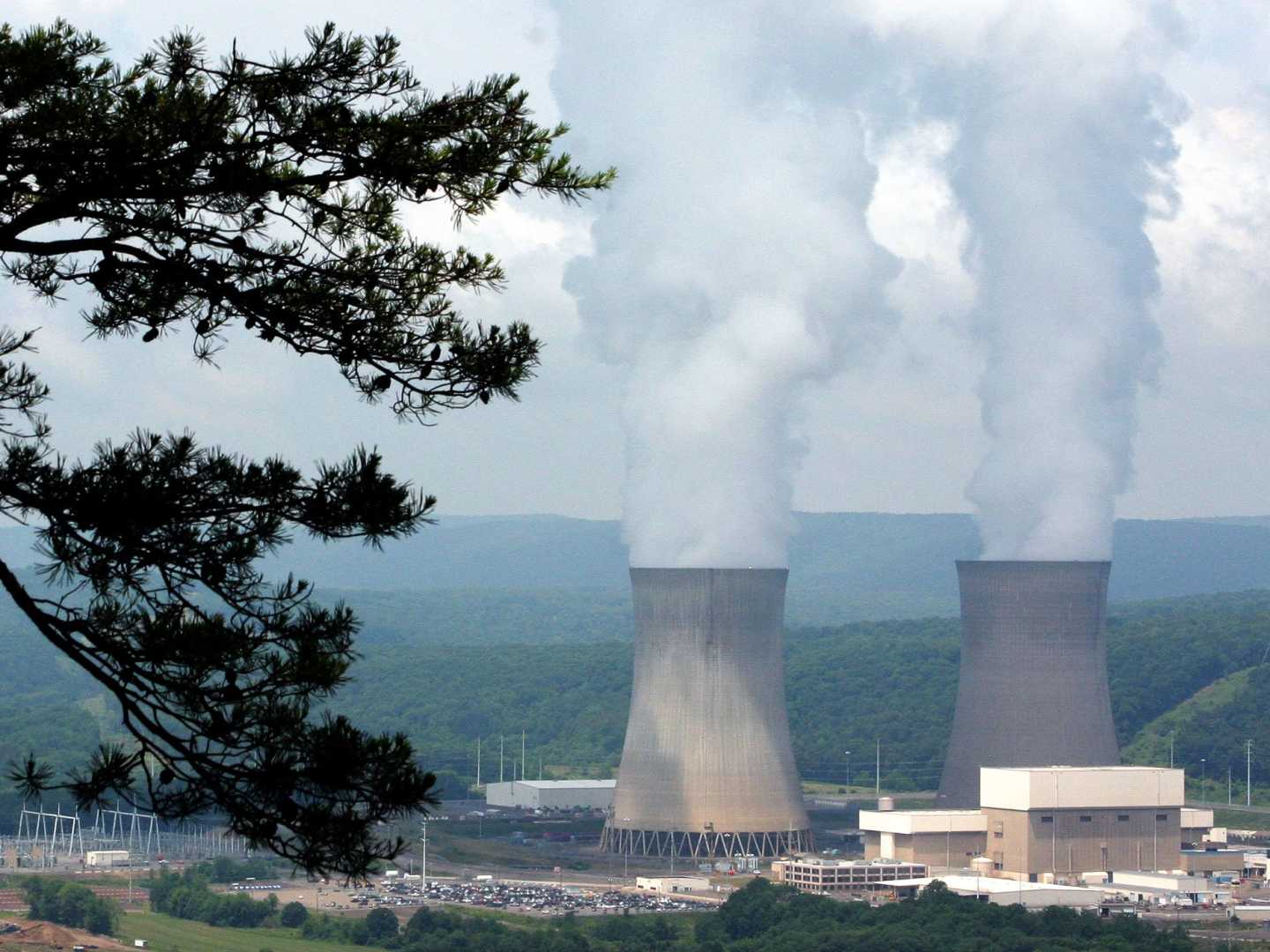News
Silicon Valley’s Nuclear Revival Sparks Safety Concerns

San Francisco, CA — In a push for more energy, Silicon Valley is looking to nuclear power. Companies are eager to use nuclear energy to support their growing digital infrastructure, but this too-quick shift could lead to severe consequences.
As tech companies grapple with ample data needs, many are turning to nuclear for its ability to deliver consistent electricity without carbon emissions. Microsoft has signed agreements to purchase power from the troubled Three Mile Island site and partner with Helion Energy. Alongside this, Meta has locked in a 20-year deal with Constellation Energy for its AI data centers.
Expansion in the data center space is staggering. The United States has the largest number of data centers in the world, with over 5,426 facilities, consuming 3-5% of the nation’s electricity, projected to reach around 8% by 2030. The rise of AI is expected to intensify this demand for energy.
Concerns about safety echo from the catastrophic Chernobyl disaster of 1986, where radioactivity caused widespread contamination over large areas. Experts warn that rushing new nuclear initiatives could overlook vital safety protocols. SMRs, or small modular reactors, are being hailed as the future but face regulatory and safety challenges.
Existing plans for SMRs in places like China and Canada remain stuck, raising questions about their viability as a reliable energy source. Issues arise concerning the production costs and potential regulatory compromises that put safety at risk.
“It’s crucial we don’t repeat the mistakes of the past,” said energy analyst Susan Parker. “The nuclear renaissance requires stringent regulations and oversight.”
As the tech industry continues its rapid expansion, the shift to nuclear power holds both promise and peril. With tight timelines and political pressure, the balance between progress and safety is crucial for a stable energy future.












